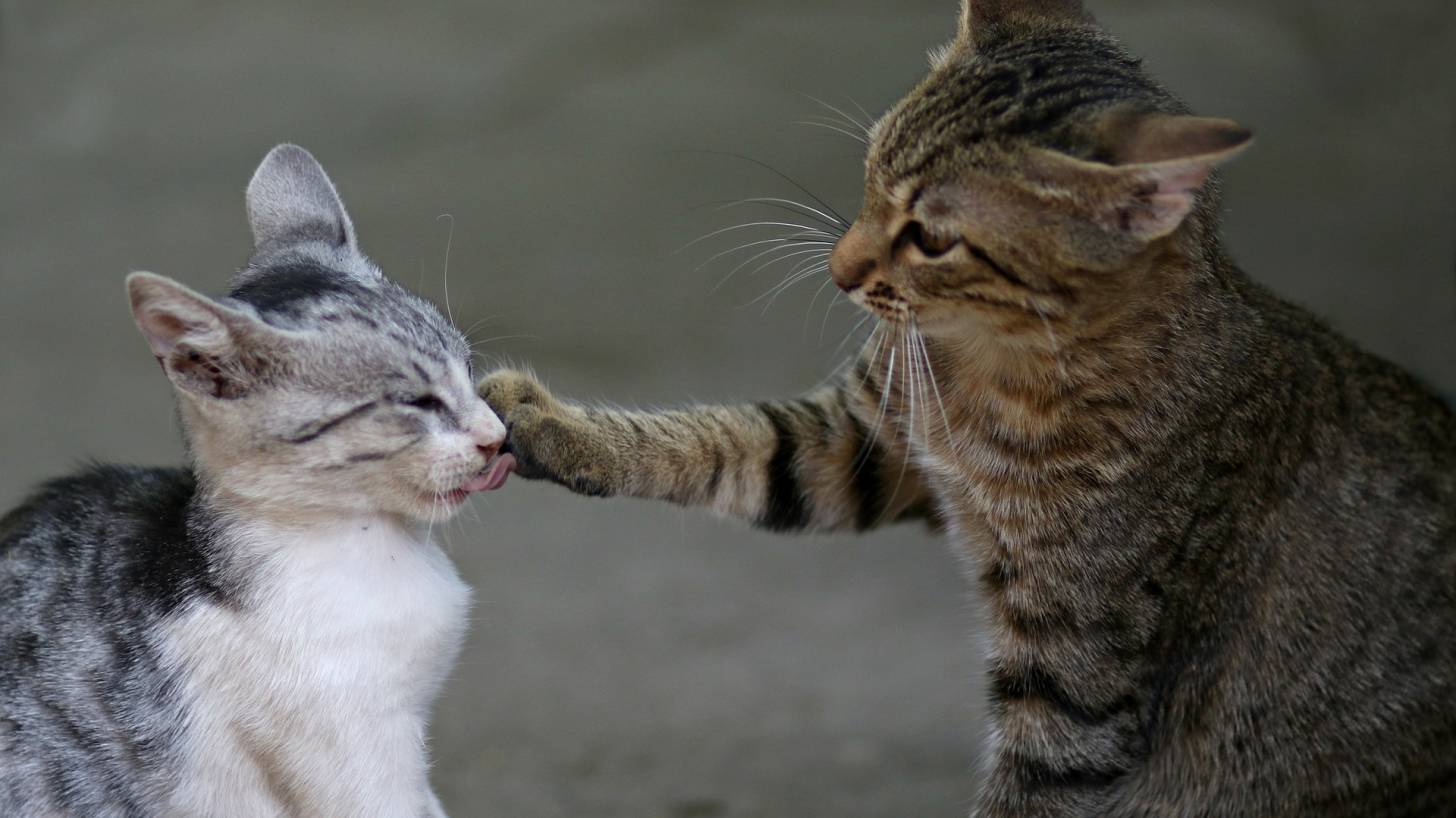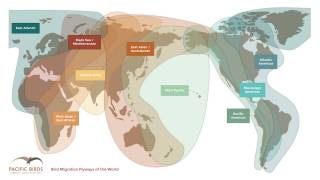29 Cats Infected with Bird Flu

The World Health Organization (WHO) recently reported sporadic A(H5N1) avian influenza infections in cats. Bird Flu (Avian influenza) outbreaks are caused by influenza type A viruses that occur naturally among birds.
A WHO report published on July 16, 2023, discloses a high number of infected cats over a wide geographical area within a country, Poland.
On June 27, 2023, the IHR National Focal Point of Poland notified WHO of unusual deaths in cats across the country; 29 were found to be positive for influenza A (H5N1).
Fourteen cats are reported to have been euthanized, and 11 died, with the last death reported on June 30. The source of the exposure of cats to the virus is currently unknown and epizootic investigations are ongoing, says the WHO.
Genomic analysis of 19 viruses sequenced from this outbreak showed that they all belonged to the H5 clade 2.3.4.4b and were highly related.
Also, the viruses are similar to influenza A(H5N1) clade 2.3.4.4b viruses which have been circulating in wild birds and caused outbreaks in poultry recently in Poland.
And no human contacts of A(H5N1) positive cats have reported symptoms.
The risk of human infections following exposure to infected cats at the national level is assessed as low for the general population and low to moderate for cat owners and those occupationally exposed to H5N1-infected cats (such as veterinarians) without the use of appropriate personal protective equipment.
There are several possibilities for the source of infection, among which the cats could have had direct or indirect contact with infected birds or their environments, ate infected birds, or consumed food contaminated with the virus.
Authorities are investigating all potential sources and, to date, have not ruled out any.
Of the 25 cats for which the information is available, two were outdoor cats, 18 were indoor with access to a balcony, terrace, or backyard, and five were indoor cats without access to the outside environment. Seven cats are reported to have had the opportunity for contact with wild birds.
WHO continues to monitor the situation and collaborate closely with the animal and public health sectors, regional agencies, the Food and Agriculture Organization of the United Nations, the World Organisation for Animal Health, and other partner agencies in Poland.
Since the end of 2021, an unprecedented number of H5N1 outbreaks among poultry and wild birds has been reported worldwide. As of June 2023, the clade 2.3.4.4b viruses have become dominant in Asia, Europe, the Americas, and Africa.
Alongside wild bird and domestic poultry infections, there have been increased detections in non-avian species, including wild terrestrial (often scavenging) and marine mammals and occasionally in farmed or captive mammalian species, likely through contact with infected live or dead birds or their environments.
A joint situation analysis and advice to countries about ongoing avian influenza outbreaks in animals and the risk posed to human health was posted in July 2023.
As of July 17, 2023, Precision Vaccinations post other mammalian infection news with bird flu viruses.
According to the U.S. Centers for Disease Control and Prevention, over 30 million avian influenza vaccines are in the U.S. National Strategic Stockpile.
Our Trust Standards: Medical Advisory Committee
























